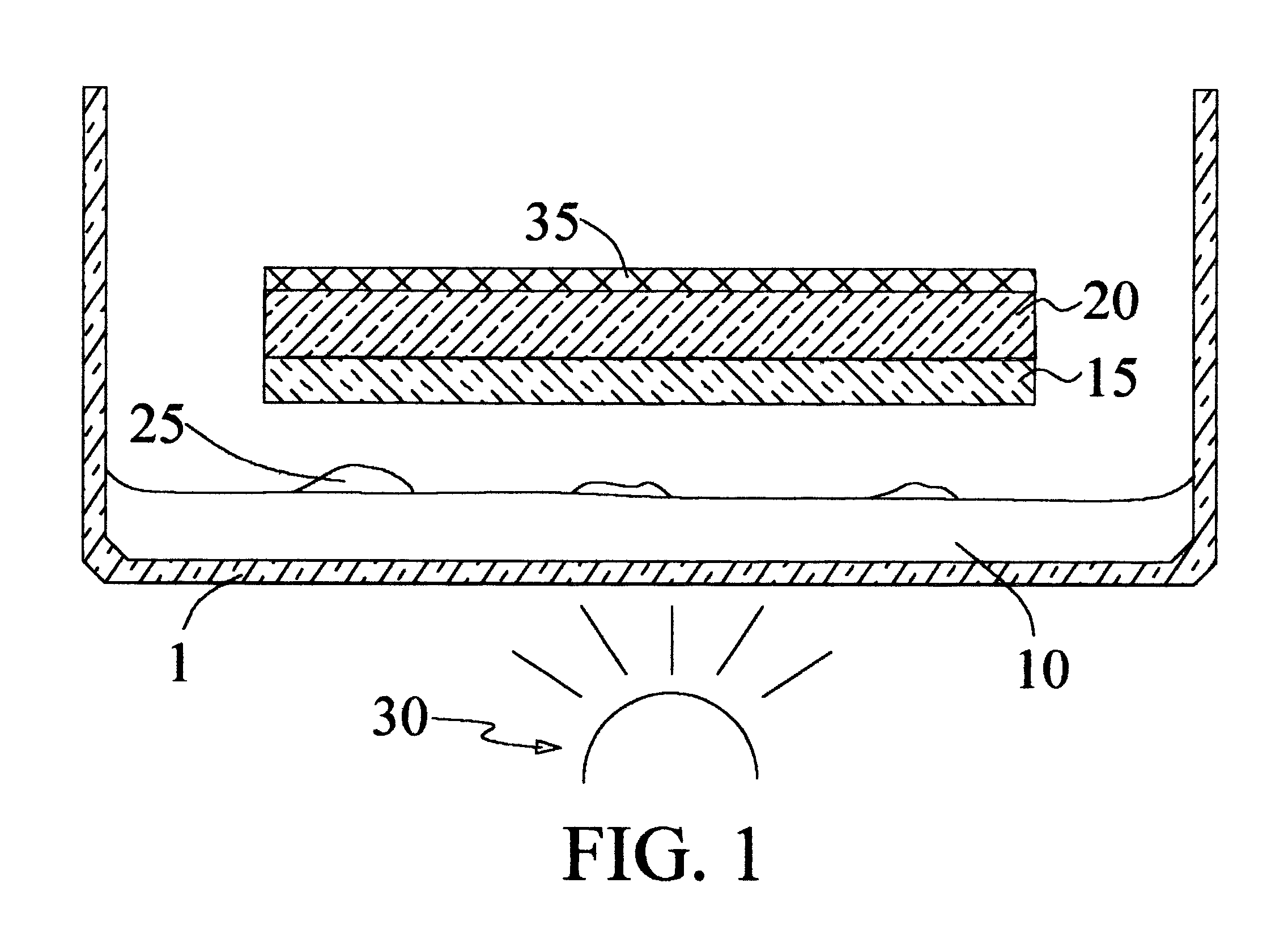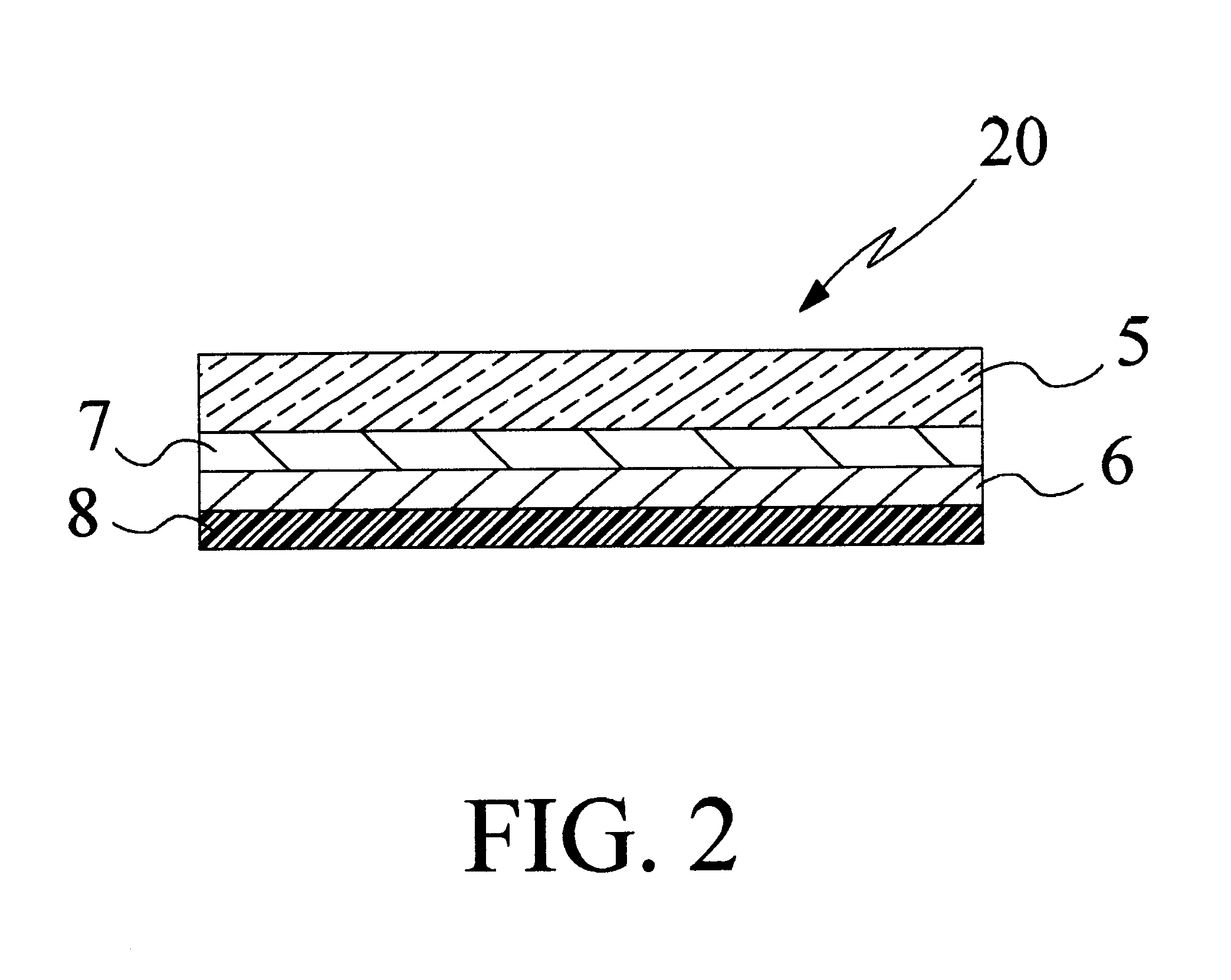Method and apparatus for rapid biohydrogen phenotypic screening of microorganisms using a chemochromic sensor
a technology of chemochromic sensor and biohydrogen phenotypic screening, which is applied in the direction of instruments, electrochemical variables of materials, analysis using chemical indicators, etc., can solve the problems of limited commercial application of this process, high cost, and time-consuming of assays for oxygen-tolerant hydrogen photo-production
- Summary
- Abstract
- Description
- Claims
- Application Information
AI Technical Summary
Problems solved by technology
Method used
Image
Examples
Embodiment Construction
Wild type C. reinhardtii (WT) was obtained from the University of Colorado at Boulder and a cell-wall-less strain of C. reinhardtii (cw15) was obtained from the Chlamydomonas Genetics Center, Duke University. Algal cell suspensions were grown photoautotrophically either in Sager's minimal medium (WT), or in a modified Sueoka'a high salt medium, as described in Ghirardi et. al., Development of an Efficient Algal H.sub.2 -Producing System, Proceedings of the 1996 U.S. DOE Hydrogen Program Review, Vol. I, 285-302, (1997). Suspension cultures were grown under illumination at 25.degree. C., using cool white fluorescent lights (8 W / m.sup.2), and agitated with a bubble mixture of 1.7% CO.sub.2 in air. Plated colonies were prepared by centrifugation of suspension cultures. Harvesting of cell suspensions was done at 2000 g, for 10 minutes, and resuspended cells were inoculated on either 1.5% (WT), or 0.8% (cw15) agar gel in sterile plastic Petri dishes.
Mutageneses
In order to generate C. rein...
PUM
 Login to View More
Login to View More Abstract
Description
Claims
Application Information
 Login to View More
Login to View More - R&D
- Intellectual Property
- Life Sciences
- Materials
- Tech Scout
- Unparalleled Data Quality
- Higher Quality Content
- 60% Fewer Hallucinations
Browse by: Latest US Patents, China's latest patents, Technical Efficacy Thesaurus, Application Domain, Technology Topic, Popular Technical Reports.
© 2025 PatSnap. All rights reserved.Legal|Privacy policy|Modern Slavery Act Transparency Statement|Sitemap|About US| Contact US: help@patsnap.com


